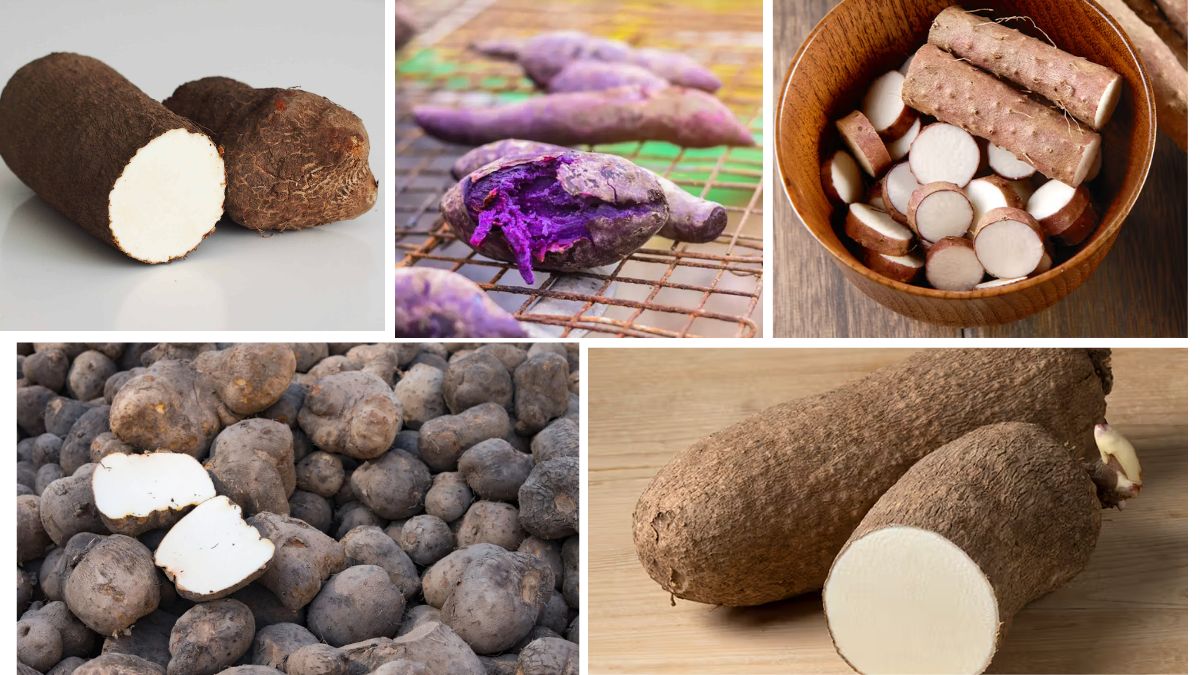Yams, a vital starchy tuber crop, play a significant role in global food security and cultural diets, particularly in tropical regions. Belonging to the genus Dioscorea, yams differ from sweet potatoes and are predominantly grown in parts of Africa, Asia, and the Caribbean. With their rich carbohydrate content and versatility in culinary applications, yams are essential to millions of people’s diets worldwide. But which country stands at the pinnacle of yam production? In this comprehensive article, we explore the world’s largest yam producer, the factors behind its dominance, and the global yam industry’s broader landscape.
Global Overview of Yam Production
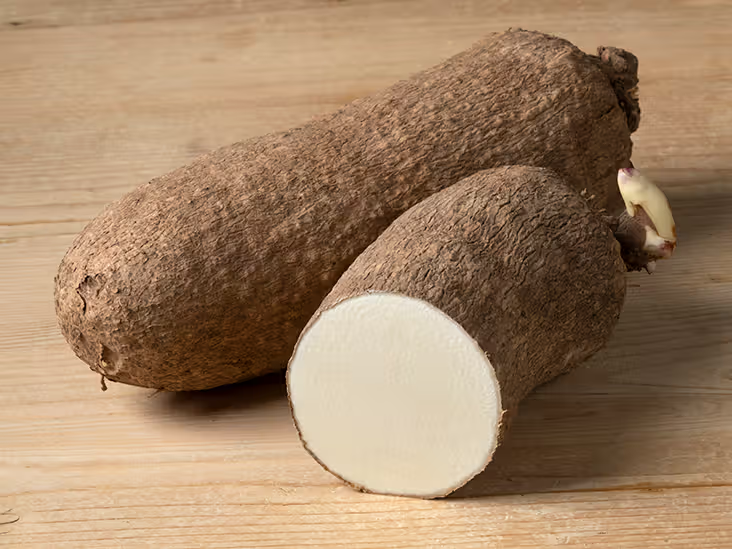
Yam cultivation is highly regional, with tropical climates being ideal for its growth. Over 90% of global yam production occurs in Africa, particularly in the so-called “yam belt” of West Africa, where the crop has both agricultural and cultural significance.
The top five yam-producing countries typically include:
- Nigeria
- Ghana
- Côte d’Ivoire (Ivory Coast)
- Benin
- Togo
Among these, Nigeria has consistently maintained its position as the world’s largest yam producer by a wide margin.
Nigeria: The Global Leader in Yam Production
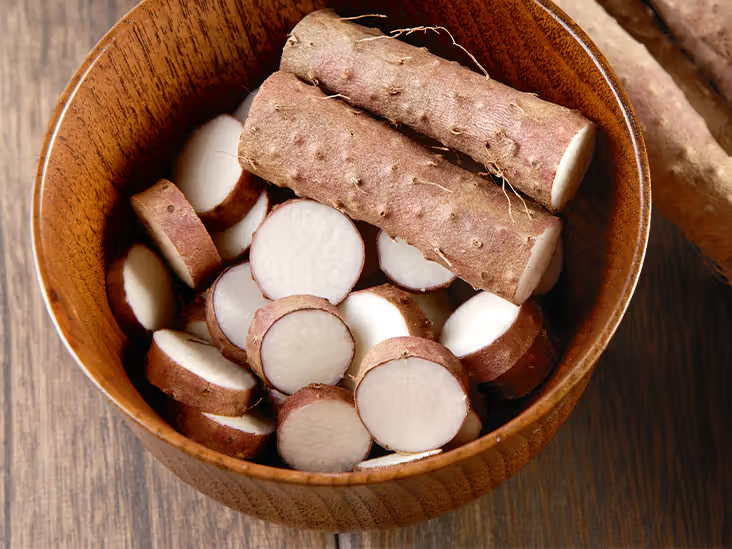
1. Production Statistics
According to the Food and Agriculture Organization (FAO), Nigeria produces over 50 million metric tons of yams annually, accounting for more than 65% of global production. This remarkable output is due to favorable agro-climatic conditions, traditional farming practices, and strong cultural ties to yam consumption.
2. Geographic and Agricultural Factors
Yam cultivation in Nigeria thrives in the middle belt region and parts of the south, where rainfall, soil fertility, and temperature are optimal for tuber development. States like Benue, Nasarawa, Niger, and Taraba are major production hubs.
Traditional shifting cultivation and mound farming techniques, passed down through generations, are still widely used. In recent years, there has been a gradual shift toward mechanization and improved yam varieties to enhance yield and disease resistance.
3. Cultural Significance
Yams hold deep cultural and spiritual significance in Nigerian communities. The annual Yam Festival, celebrated in various parts of the country (notably among the Igbo people), marks the beginning of the harvest season and symbolizes wealth, prosperity, and gratitude.
Yams are also crucial in social ceremonies, traditional marriages, and local cuisines, where dishes like pounded yam, yam porridge, and yam pepper soup are staple foods.
4. Economic Impact
Yam farming provides livelihoods for millions of Nigerian farmers and traders. Beyond subsistence farming, yams are sold in both local and international markets. The Nigerian government has, in recent years, made efforts to boost yam exports to diversify the economy and increase foreign exchange earnings.
In 2017, Nigeria made a significant leap by exporting yams to the United States and the United Kingdom, a move aimed at tapping into the diaspora market and positioning Nigeria as a global agricultural powerhouse.
Other Major Yam Producers
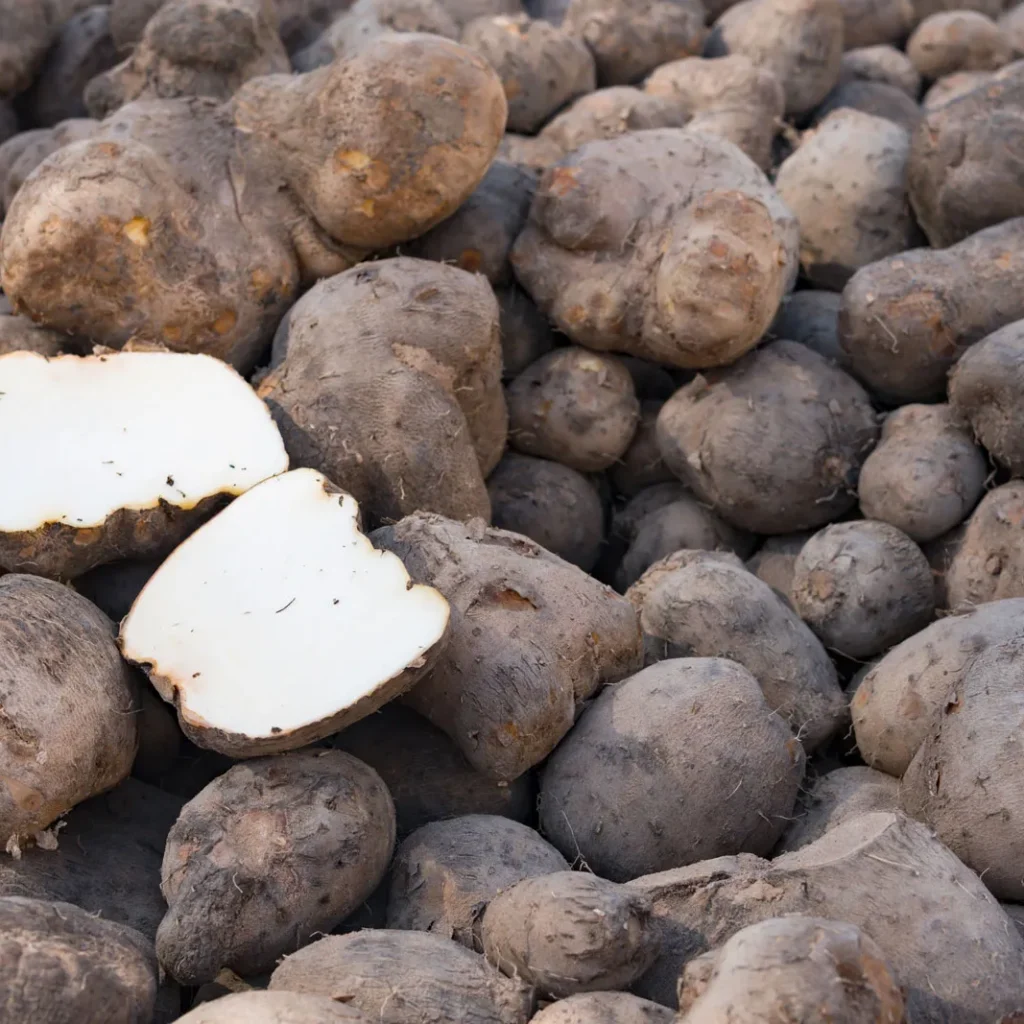
1. Ghana
Ghana is the second-largest producer of yams, contributing over 8 million metric tons annually. The crop plays a vital role in food security and income generation. Like Nigeria, Ghana celebrates the yam harvest with cultural festivals and rituals. The government and agricultural extension services have worked to improve yam storage, packaging, and export readiness.
2. Côte d’Ivoire
Côte d’Ivoire, or Ivory Coast, contributes significantly to regional yam production with around 6 million metric tons annually. Yams form a core part of local diets and rural economies. However, the country’s export potential remains underutilized due to infrastructural and logistical challenges.
3. Benin and Togo
These neighboring countries also play an essential role in yam production within the West African region. Though their output is smaller compared to Nigeria or Ghana, yams are equally important to their cultures and economies.
Challenges in Yam Production

Despite its importance, yam cultivation faces several challenges:
- Post-harvest losses: Yams are highly perishable, and post-harvest handling techniques are often inadequate. Losses during storage and transport can reach up to 30%.
- Pests and diseases: Nematodes, rot diseases, and insect pests significantly reduce yields and tuber quality.
- Limited mechanization: Most yam farming is labor-intensive. Mechanization remains low, leading to inefficiencies.
- Market access and infrastructure: Poor roads, lack of storage facilities, and insufficient market linkages hinder expansion and commercialization.
Opportunities for Growth and Innovation
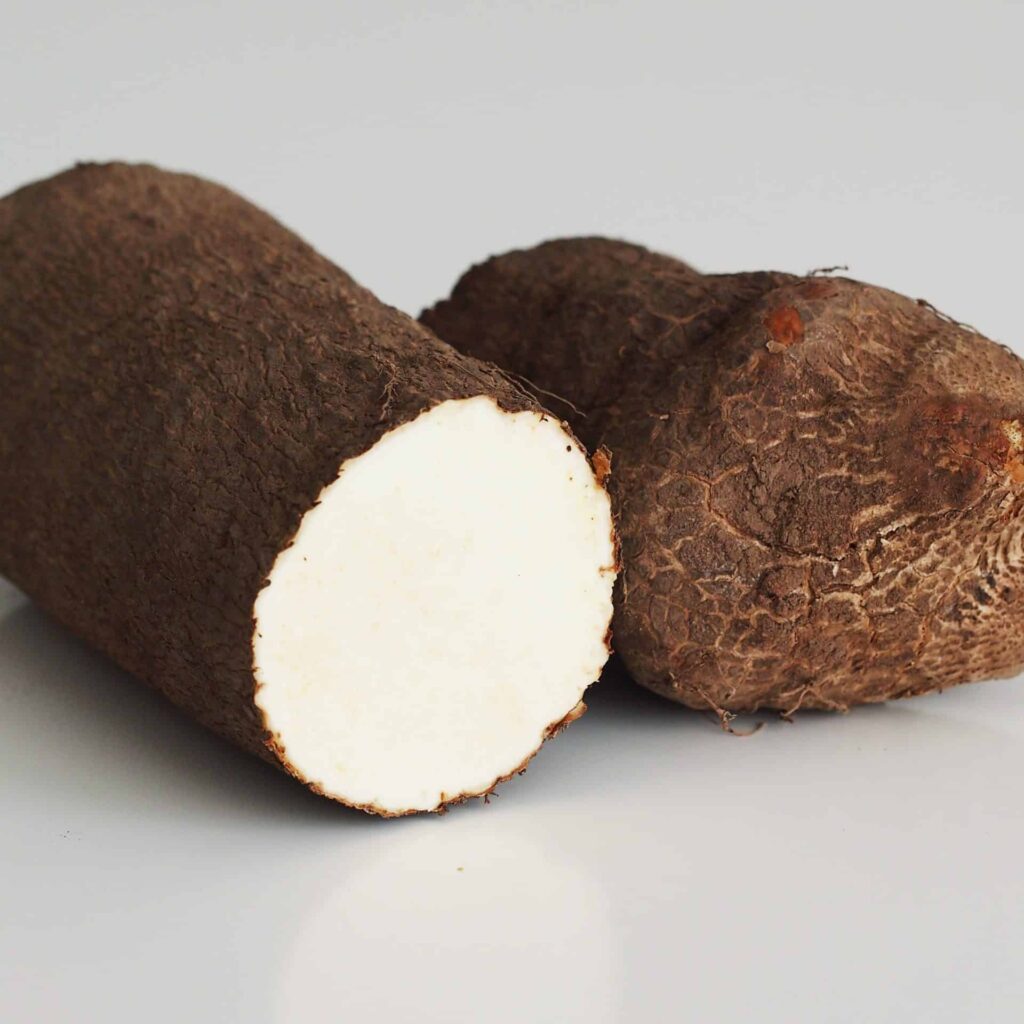
With growing global interest in superfoods and traditional crops, yams present new opportunities for:
- Export diversification: As awareness of yams’ health benefits grows globally, so does the demand in international markets.
- Agro-processing: Value-added products like yam flour, chips, and instant pounded yam are expanding the industry.
- Research and breeding programs: Institutions such as the International Institute of Tropical Agriculture (IITA) are working on developing disease-resistant, early-maturing, and high-yielding yam varieties.
Health and Nutritional Value of Yams
Yams are not only culturally important but also nutritionally rich. They are high in:
- Carbohydrates: A primary energy source.
- Dietary fiber: Supporting digestive health.
- Potassium: Essential for heart and muscle function.
- Vitamin C and B6: Important for immune and nervous system health.
- Diosgenin: A plant compound linked to anti-inflammatory and potential hormonal effects.
These health benefits are driving interest in yams beyond their traditional markets.
Conclusion
Nigeria stands out as the undisputed global leader in yam production, driven by a combination of favorable geography, deep-rooted cultural traditions, and growing agricultural efforts. With its dominance in global output and increasing export initiatives, Nigeria is well-positioned to not only meet domestic demand but also become a central player in the global yam trade.
However, for Nigeria and other producers to maximize the full potential of this invaluable crop, investment in infrastructure, research, and market development is essential. With rising global food needs and interest in diverse, traditional crops, the humble yam—particularly from Africa—may well become one of the superstars of global agriculture in the coming decades.
